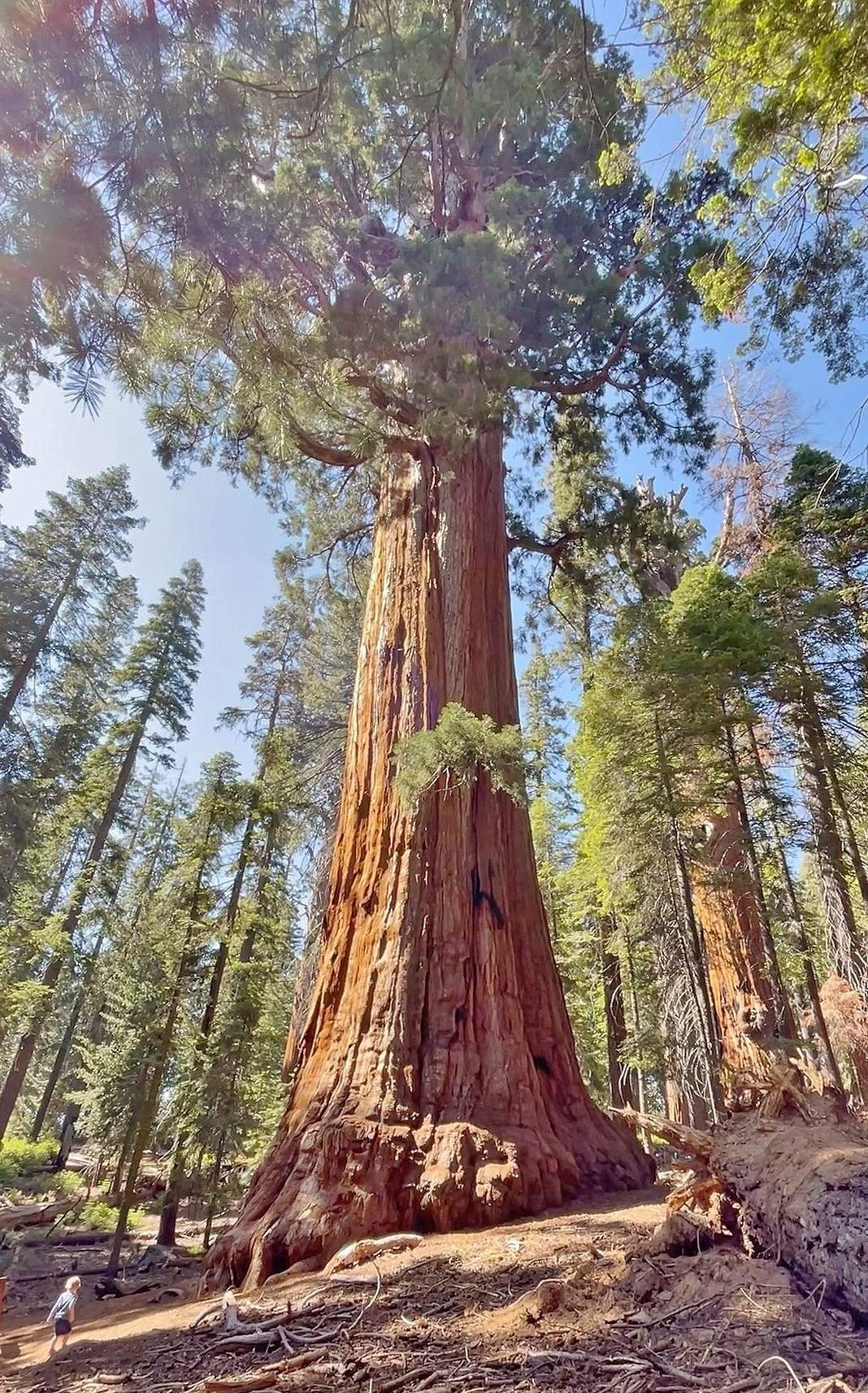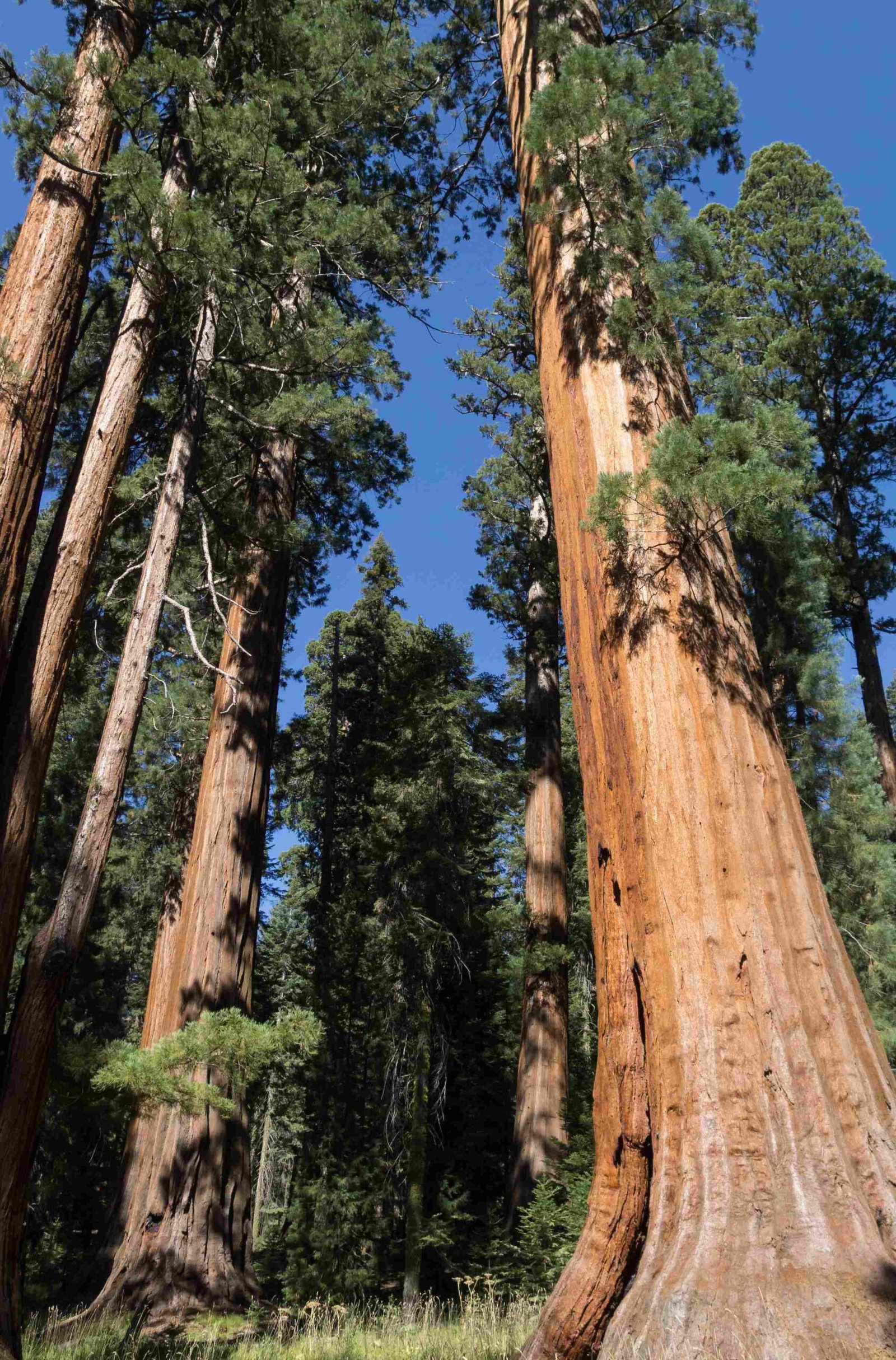Sequoia National Park, renowned for its giant sequoia trees and stunning natural landscapes, does not actually feature a suspension bridge. This misconception may arise from confusion with other parks or attractions. Despite the absence of a suspension bridge, Sequoia National Park offers numerous breathtaking features, including towering trees, granite formations, and scenic hiking trails. This guide will explore the park’s attractions, access points, and safety measures, providing visitors with essential information for an unforgettable experience in this natural wonderland.
Where Is the Sequoia National Park Suspension Bridge Located?

Contrary to popular belief, there is no specific suspension bridge within Sequoia National Park. The park, situated in the southern Sierra Nevada mountains of California, is primarily known for its giant sequoia trees and diverse ecosystems. The main park coordinates are approximately 36.486366, -118.565750.
While there isn’t a suspension bridge, visitors can explore other notable landmarks within the park:
- Moro Rock: A granite dome with spectacular views (GPS: 36.544174, -118.765157)
- General Sherman Tree: The largest tree on Earth by volume
- Congress Trail: A paved loop showcasing numerous giant sequoias
- Crystal Cave: A marble karst cave (seasonal access)
What Are the Main Entrance Points to Sequoia National Park?

Sequoia National Park offers several entrance points for visitors:
- Ash Mountain Entrance: Located on Highway 198, this is the main entrance from the west
- Big Stump Entrance: Primarily for Kings Canyon National Park, but provides access to Sequoia as well
- Mineral King Entrance: A seasonal entrance leading to a secluded alpine valley
Each entrance has its own unique features and nearby attractions. It’s recommended to check the park’s official website for current conditions and accessibility information before planning your visit.
How Can Visitors Access Popular Trails and Landmarks?
While there’s no suspension bridge to access, Sequoia National Park offers numerous trails and landmarks for visitors to explore:
| Trail/Landmark | Trailhead Location | Difficulty | Distance (Round Trip) |
|---|---|---|---|
| Moro Rock Trail | Moro Rock Parking Area | Moderate | 0.4 miles |
| General Sherman Tree Trail | General Sherman Tree Parking Lot | Easy | 1 mile |
| Congress Trail | General Sherman Tree Area | Easy to Moderate | 2 miles |
| Giant Forest Museum | Giant Forest | Easy | N/A (Museum) |
| Tokopah Falls Trail | Lodgepole Campground | Moderate | 3.4 miles |
Most popular trails have dedicated parking areas. However, during peak seasons, parking can be limited. Consider using the park’s shuttle service when available to reduce congestion and environmental impact.
What Permits and Fees Are Required for Park Entry?
To enter Sequoia National Park, visitors must pay an entrance fee. The fees are as follows:
- Private Vehicle: $35 (valid for 7 days)
- Motorcycle: $20 (valid for 7 days)
- Individual (on foot or bicycle): $20 (valid for 7 days)
- Sequoia and Kings Canyon Annual Pass: $70 (valid for one year)
Additional permits may be required for specific activities:
- Wilderness Permits: Required for overnight backcountry trips
- Crystal Cave Tours: Separate tickets required (seasonal)
- Campground Reservations: Needed for overnight camping in designated areas
It’s advisable to check the official National Park Service website for the most up-to-date information on fees and permits.
What Safety Measures Should Visitors Be Aware Of?
While there’s no suspension bridge to consider, safety is paramount throughout Sequoia National Park. Here are key safety measures and guidelines:
- Wildlife Safety:
- Keep a safe distance from all wildlife
- Store food properly to avoid attracting bears
-
Never feed any animals in the park
-
Hiking Safety:
- Stay on designated trails
- Carry plenty of water and snacks
- Wear appropriate footwear and clothing
-
Inform someone of your hiking plans
-
Weather Preparedness:
- Check weather forecasts before your visit
- Be prepared for sudden weather changes, especially at higher elevations
-
Carry layers of clothing to adapt to temperature fluctuations
-
Altitude Awareness:
- The park ranges from 1,370 to 14,494 feet in elevation
- Allow time to acclimate to higher altitudes
-
Stay hydrated and take breaks as needed
-
Emergency Procedures:
- Familiarize yourself with emergency contact numbers
- Locate ranger stations and visitor centers upon arrival
- Carry a basic first aid kit on hikes
How Can Visitors Maximize Their Experience in Sequoia National Park?
To make the most of your visit to Sequoia National Park, consider the following tips:
- Plan your visit during off-peak seasons to avoid crowds
- Take advantage of ranger-led programs and guided tours
- Explore less-visited areas of the park for a more secluded experience
- Participate in stargazing activities, as the park offers excellent dark sky viewing
- Consider visiting neighboring Kings Canyon National Park for additional natural wonders
Remember to practice Leave No Trace principles to help preserve the park’s natural beauty for future generations.
What Unique Features Set Sequoia National Park Apart?
Sequoia National Park, while lacking a suspension bridge, boasts numerous unique features:
- Giant Sequoia Trees: Home to five of the ten largest trees in the world
- Diverse Ecosystems: Ranges from foothills to alpine peaks
- Geological Wonders: Includes marble caverns and granite formations
- Rich Biodiversity: Hosts a wide variety of plant and animal species
- Cultural History: Features Native American sites and early conservation efforts
These elements combine to create a truly remarkable national park experience, offering visitors a chance to connect with nature in profound ways.
In conclusion, while Sequoia National Park may not have a suspension bridge, it offers a wealth of natural wonders and outdoor experiences. From its towering sequoia trees to its diverse landscapes, the park provides visitors with unforgettable encounters with nature. By understanding the park’s layout, access points, safety measures, and unique features, visitors can fully appreciate the majesty of this iconic national park.
References:
1. https://www.nps.gov/seki/index.htm
2. https://www.latlong.net/place/sequoia-national-park-california-usa-19363.html
3. https://climbingaway.fr/en/climbing-areas/moro-rock-sequoia-national-park
4. https://www.nps.gov/seki/planyourvisit/directions.htm
